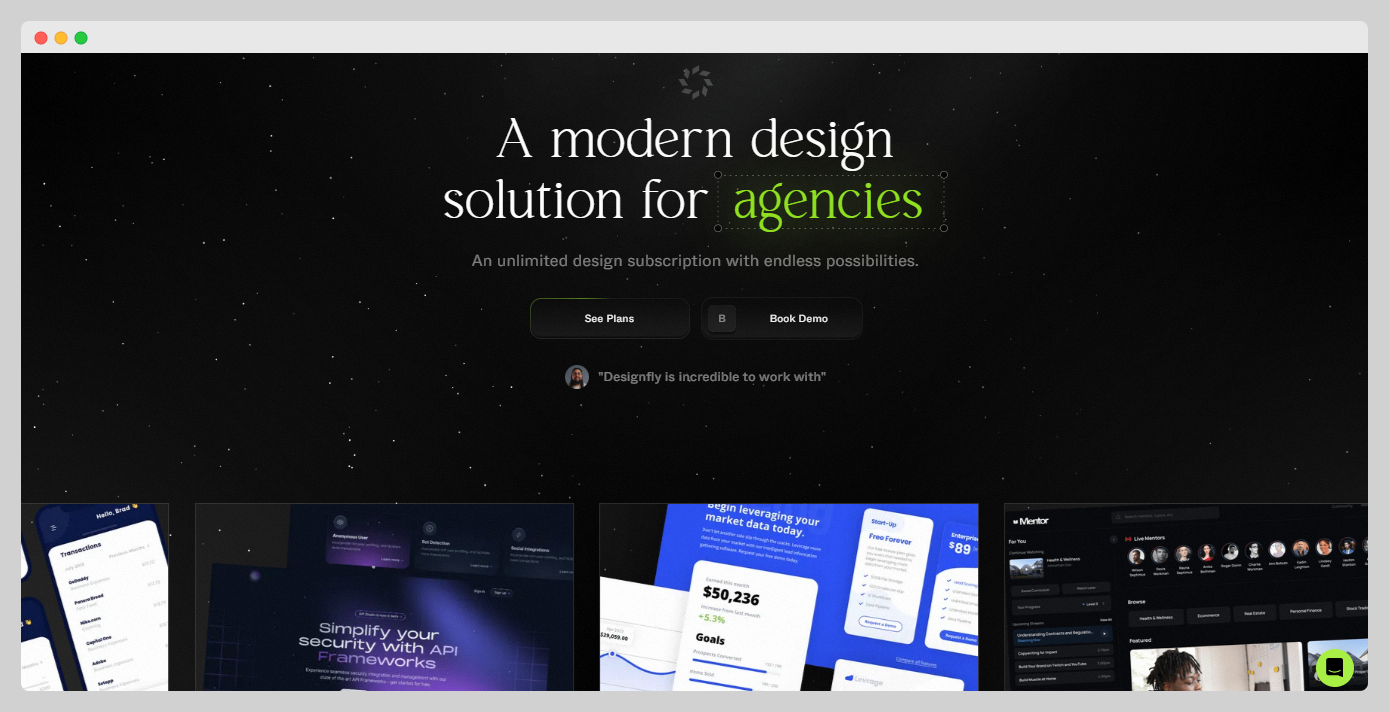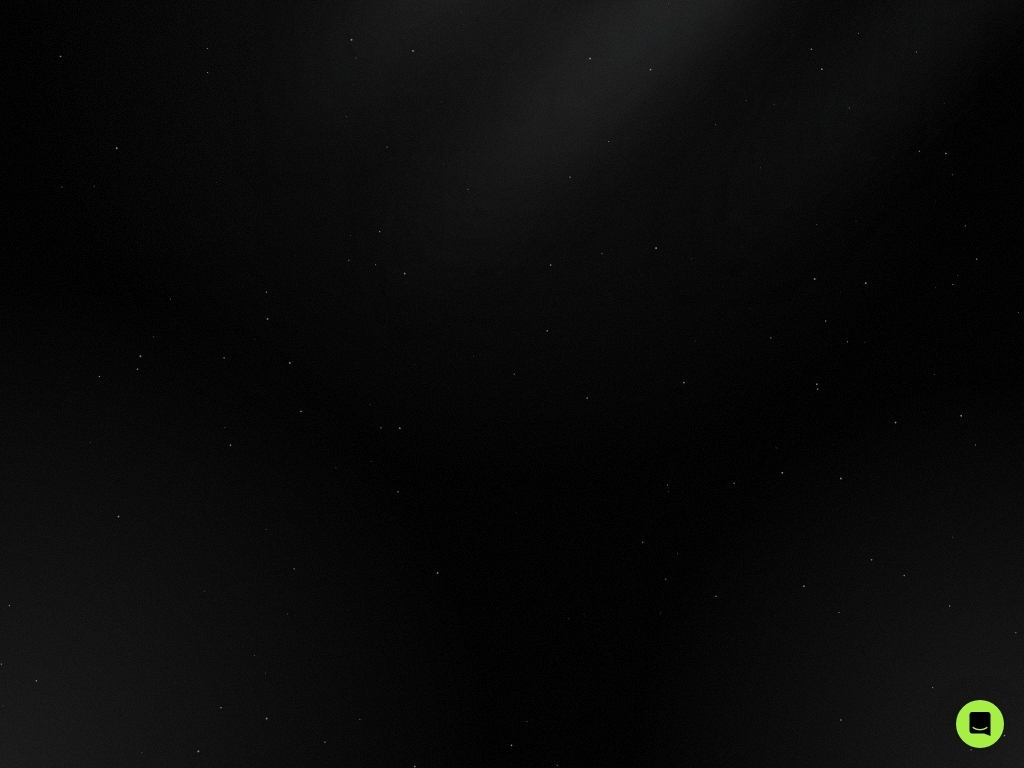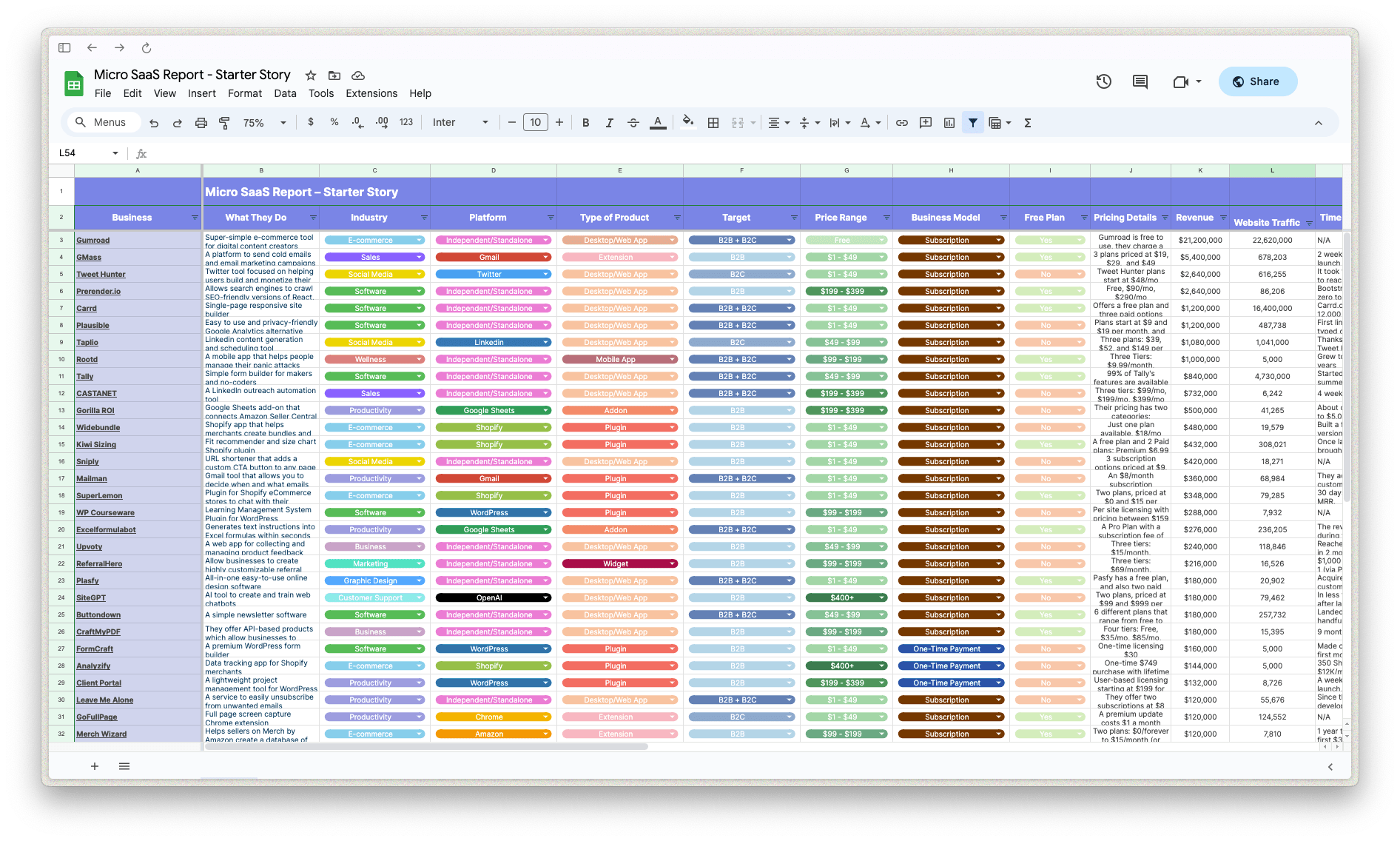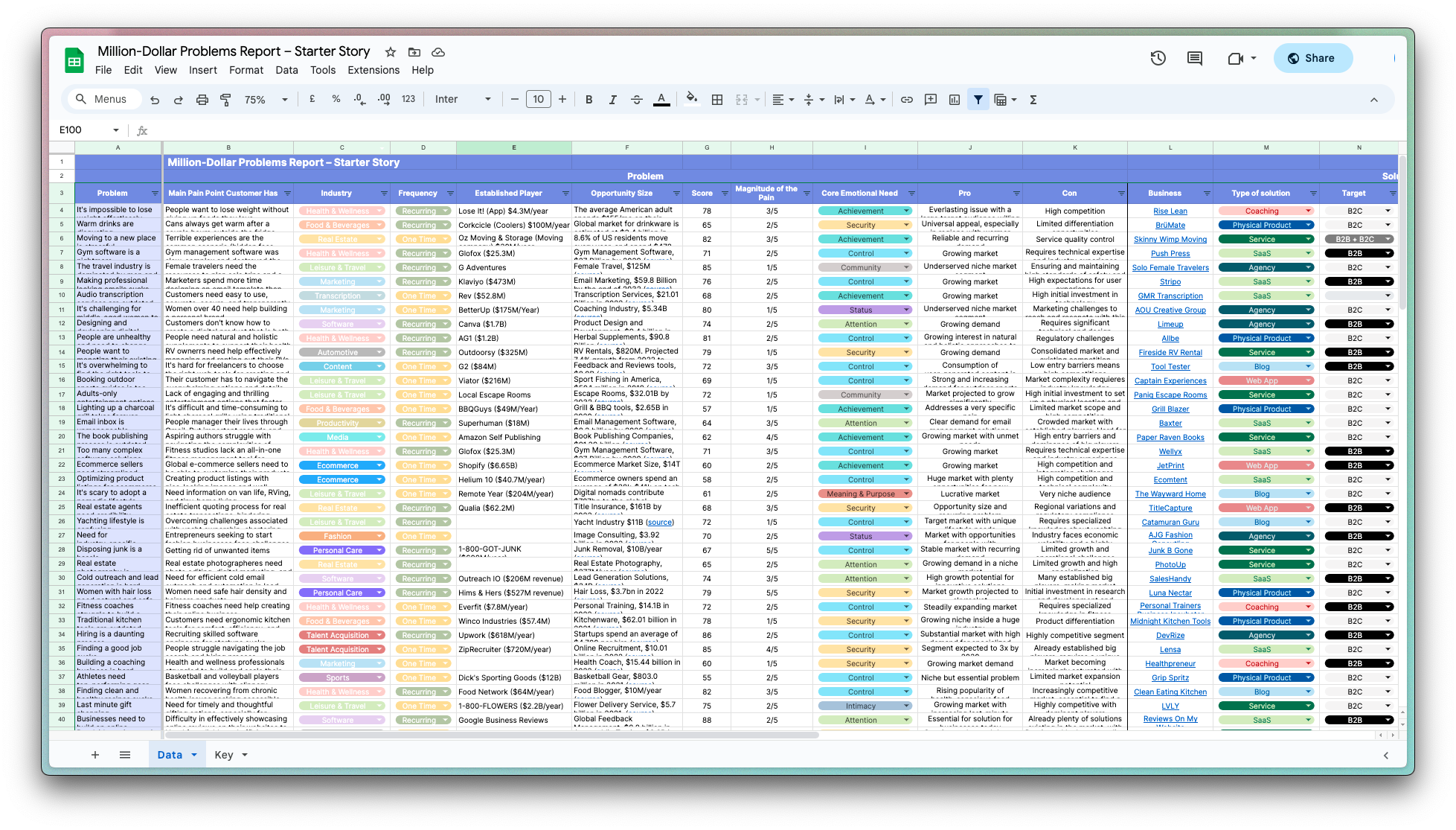How Bradley Adkins Grew Designfly to $10k MRR in 18 Months
Who is Brad Adkins?
Bradley Adkins, the founder of Designfly, is an experienced designer with over 10 years in the field, who transitioned from an in-house design role to launching his own productized design service after being inspired by similar business models.
What problem does Designfly solve?
Designfly helps SaaS startups by quickly delivering high-quality UI/UX designs, saving them time and ensuring their interfaces attract and retain users effectively.


Founder-Market Fit
Skills
What skills did Brad Adkins have that led to their success?
Disclaimer: The initial draft of this article was compiled by the Starter Story team based on publicly available interviews, podcasts, and other content from the founder. See the sources we used here.

Download the report and join our email newsletter packed with business ideas and money-making opportunities, backed by real-life case studies.

Download the report and join our email newsletter packed with business ideas and money-making opportunities, backed by real-life case studies.

Download the report and join our email newsletter packed with business ideas and money-making opportunities, backed by real-life case studies.

Download the report and join our email newsletter packed with business ideas and money-making opportunities, backed by real-life case studies.

Download the report and join our email newsletter packed with business ideas and money-making opportunities, backed by real-life case studies.

Download the report and join our email newsletter packed with business ideas and money-making opportunities, backed by real-life case studies.

Download the report and join our email newsletter packed with business ideas and money-making opportunities, backed by real-life case studies.

Download the report and join our email newsletter packed with business ideas and money-making opportunities, backed by real-life case studies.









